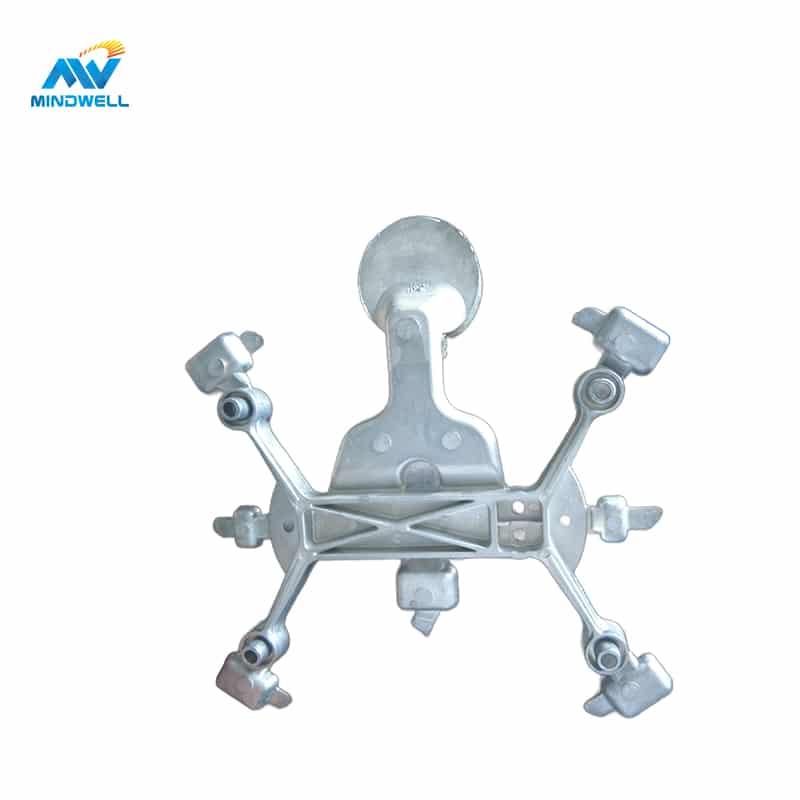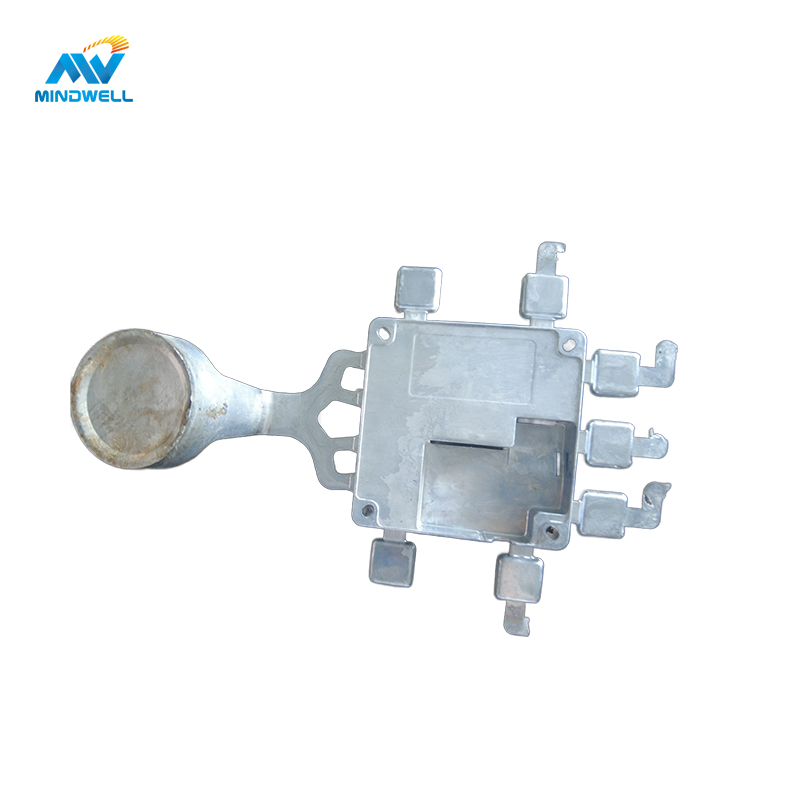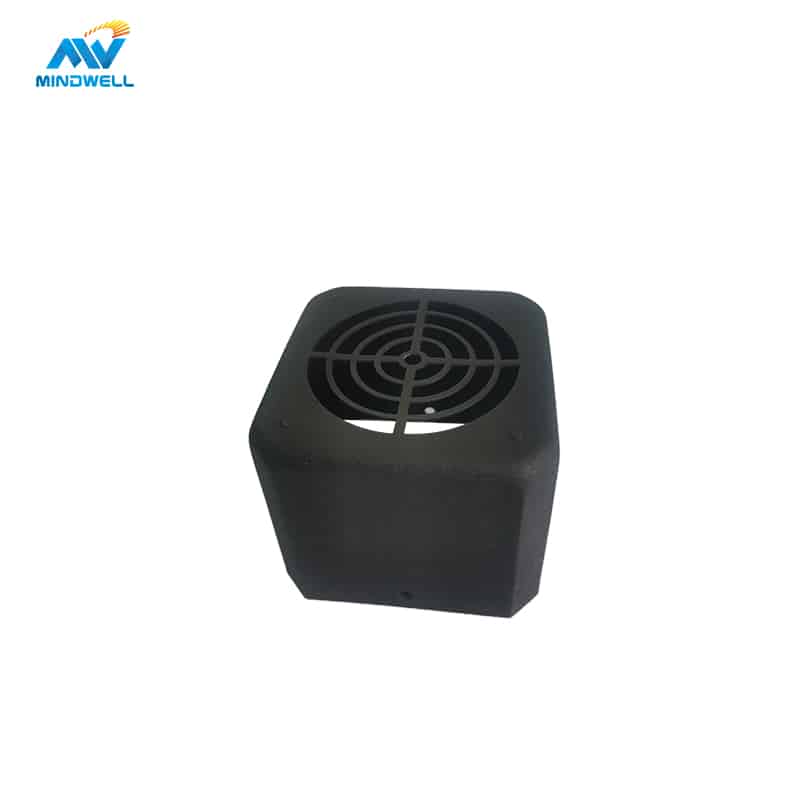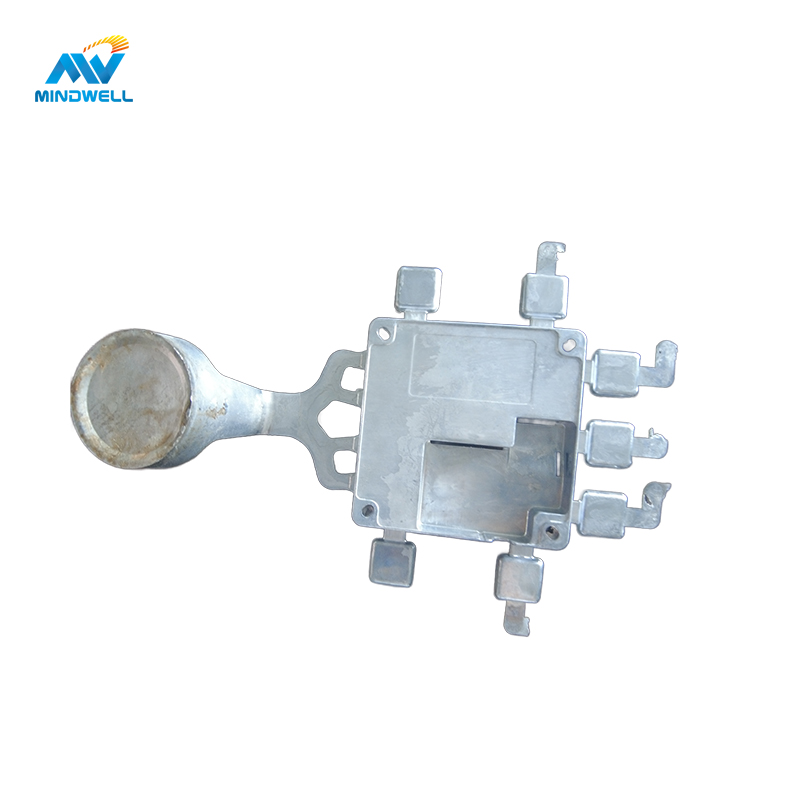Die casting is a widely used manufacturing process in the automotive industry for producing high-quality and complex automotive parts. This process involves injecting molten metal into a mold cavity under high pressure, resulting in the production of parts with exceptional dimensional accuracy and surface finish.
Why die casting?
Die casting offers several advantages over other manufacturing processes when it comes to automotive part production:
1. Cost-effective:
Die casting is a highly efficient and cost-effective method for producing automotive parts. The high-speed production capabilities of die casting allow for large volumes of parts to be manufactured in a short period of time, reducing overall production costs.
2. Design Flexibility:
The die casting process allows for intricate and complex designs to be replicated accurately. This level of design flexibility is crucial in the 自動車産業, where parts need to fit precisely and perform reliably.
3. Lightweight and Strong:
Die casting produces parts that are lightweight without compromising on strength. This is particularly important in the automotive industry, where reducing the weight of vehicles can improve fuel efficiency and performance.
4. Excellent Surface Finish:
Die casting provides automotive parts with a smooth and consistent surface finish. This eliminates the need for additional finishing processes, saving time and costs in the production cycle.
5. High Dimensional Accuracy:
Die casting ensures the production of parts with high dimensional accuracy, minimizing the need for additional machining or assembly processes. This results in a more streamlined production process and reduces the chances of errors or defects.
6. Enhanced Durability:
Automotive parts produced through die casting are known for their durability and long-lasting performance. The high-quality materials used in the process, combined with the solid structure of die-cast parts, contribute to their ability to withstand harsh operating conditions.
Applications of Die Casting in Automotive Parts
Die casting is widely used in the production of various automotive parts, including:
1. Engine Components:
Die casting is commonly used for manufacturing engine components such as cylinder heads, engine blocks, and intake manifolds. These parts require high strength, heat resistance, and dimensional accuracy, all of which can be achieved through the die casting process.
2. Transmission Components:
Transmission components, such as transmission cases and gears, are often produced through die casting. The ability of die casting to create complex shapes and maintain tight tolerances makes it an ideal choice for these critical parts.
3. Suspension and Steering Components:
Die casting is also utilized in the production of suspension and steering components, including control arms, knuckles, and steering housings. These parts require high strength and precision, which can be achieved through die casting.
4. Electrical and Electronic Components:
Die casting is used for manufacturing electrical and electronic components such as connectors, housings, and heat sinks. The excellent dimensional accuracy and surface finish provided by die casting ensure the proper functioning of these critical components.
5. Interior and Exterior Trim:
Die casting is employed in the production of interior and exterior trim parts, including door handles, mirror housings, and dashboard components. The ability to create intricate designs and achieve a high-quality surface finish makes die casting an ideal choice for these aesthetic parts.
結論
Die casting plays a vital role in the automotive industry by providing cost-effective, high-quality, and complex automotive parts. Its advantages, including design flexibility, lightweight yet strong parts, excellent surface finish, and high dimensional accuracy, make it a preferred choice for automotive manufacturers. With the ever-increasing demand for lightweight and durable vehicles, die casting will continue to be a crucial process in the production of automotive parts.






